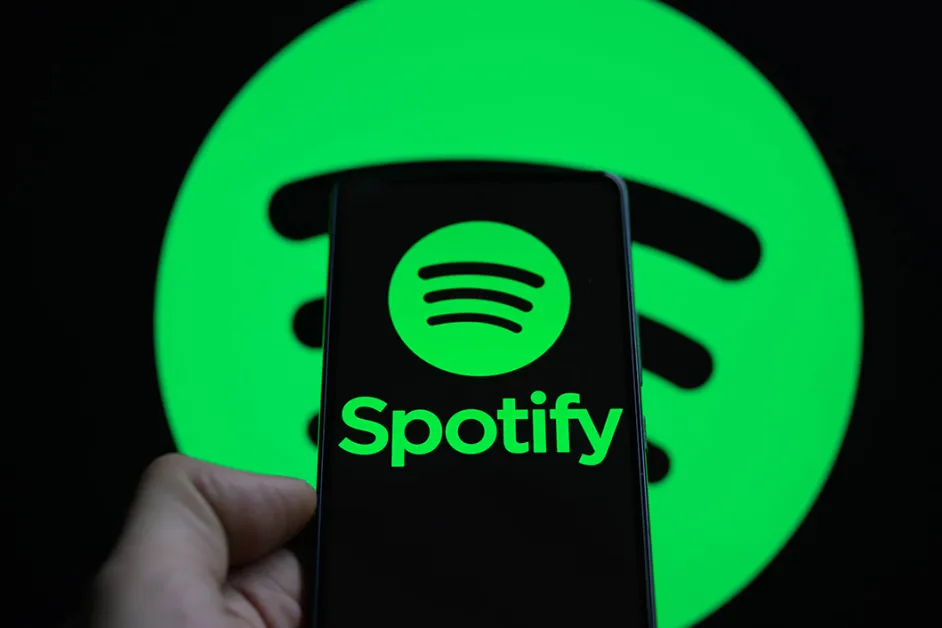
Spotify is rolling out integrated music videos to users in the U.S. and Canada after a beta run across nearly 100 overseas markets last year. The company says the feature will appear for U.S. and Canadian customers in the coming weeks. For listeners, this adds a visual layer to music discovery. For creators, it opens another route to engagement and revenue.
Competition & Engagement
The change brings Spotify closer to platforms built around short-form and visual discovery like TikTok and YouTube. Spotify reports that tracks discovered via a music video are 34% more likely to be streamed again the following week and 24% more likely to be saved or shared. Those gains can extend a song’s lifecycle. They also give artists extra chances to reach new fans.
The rollout follows a new licensing pact between Spotify and the National Music Publishers Association to expand audiovisual rights in the U.S. Spotify also struck direct deals with major publishers, including Universal Music Publishing Group, Sony Music Publishing, Warner Chappell, and Kobalt. Those agreements aim to boost payments to songwriters for audiovisual streams. The NMPA still plans to press on mechanical royalty issues tied to bundled subscriptions, so some disputes remain unresolved.
Industry Takeaways
This update matters for creators, publishers, and listeners. Artists should consider opting into audiovisual licensing to capture potential new revenue. Publishers and songwriters should monitor how the new deals affect royalty flows. Listeners should expect more video content woven into playlists, artist pages, and discovery surfaces.
In short, Spotify’s music-video rollout is a strategic step to make discovery more visual and to strengthen monetization for creators. The feature could change how fans find and share music if artists and publishers adopt it widely. Watch for the video rollout in the coming weeks, and for further moves from the industry as licensing and royalty discussions continue.




